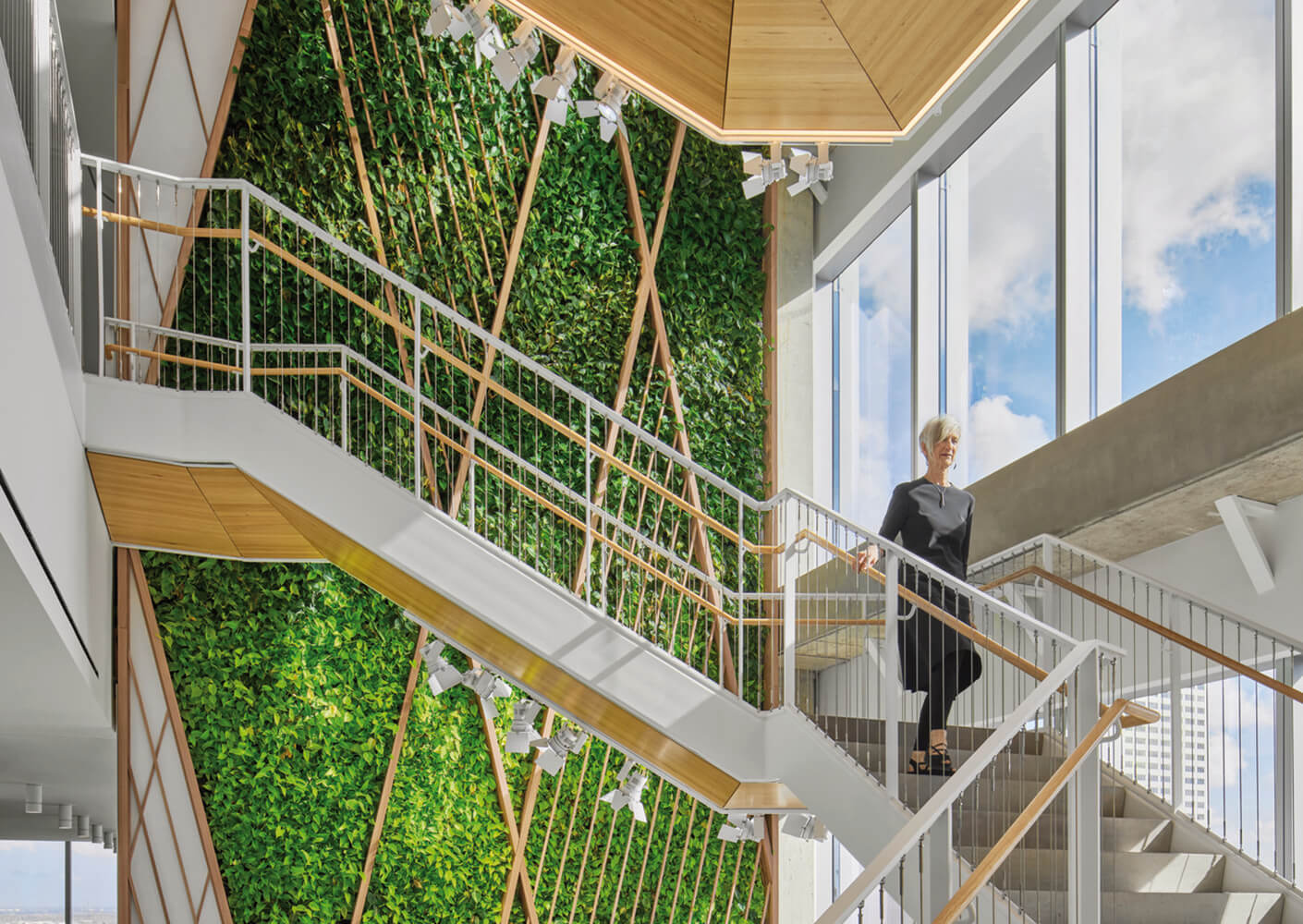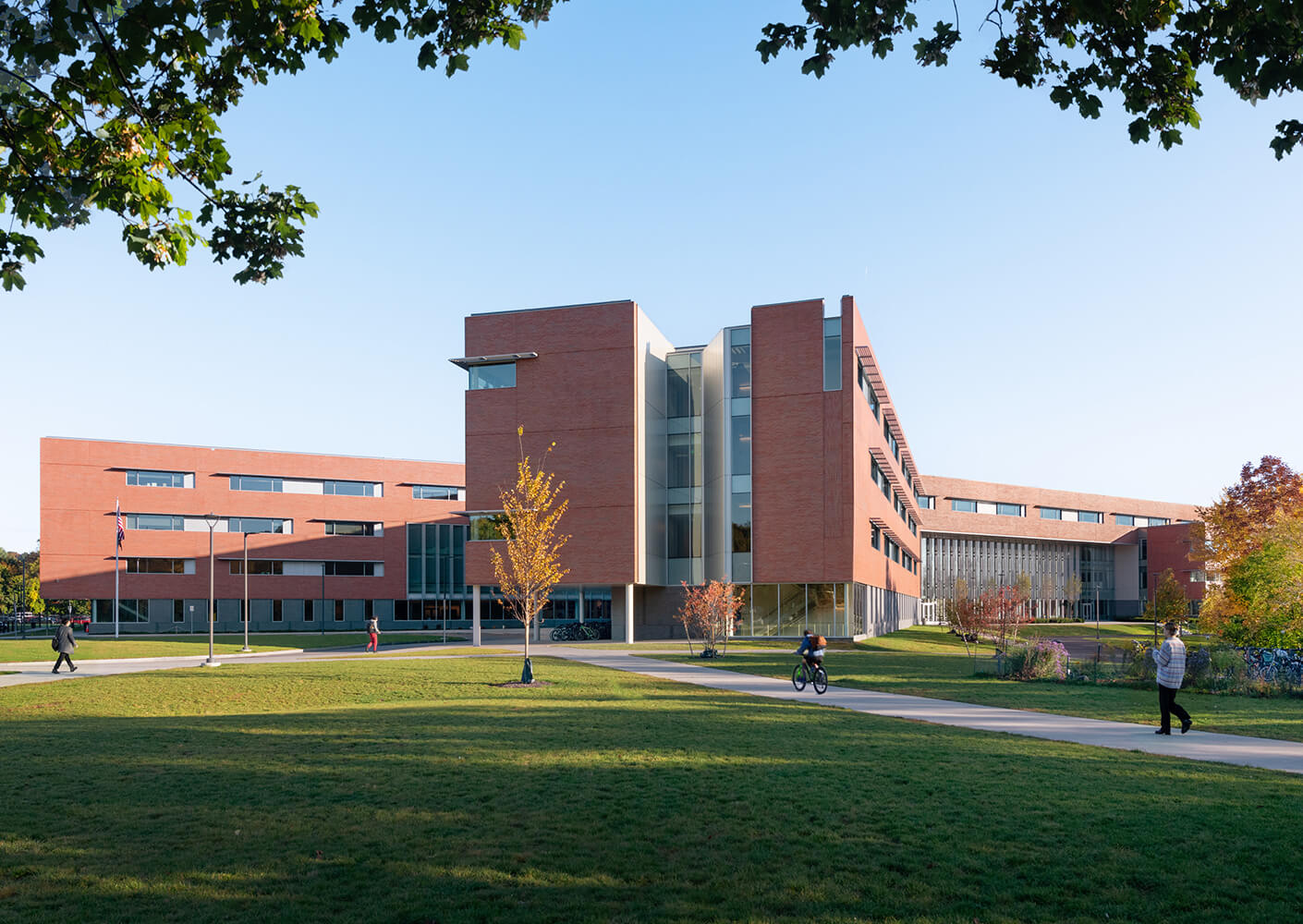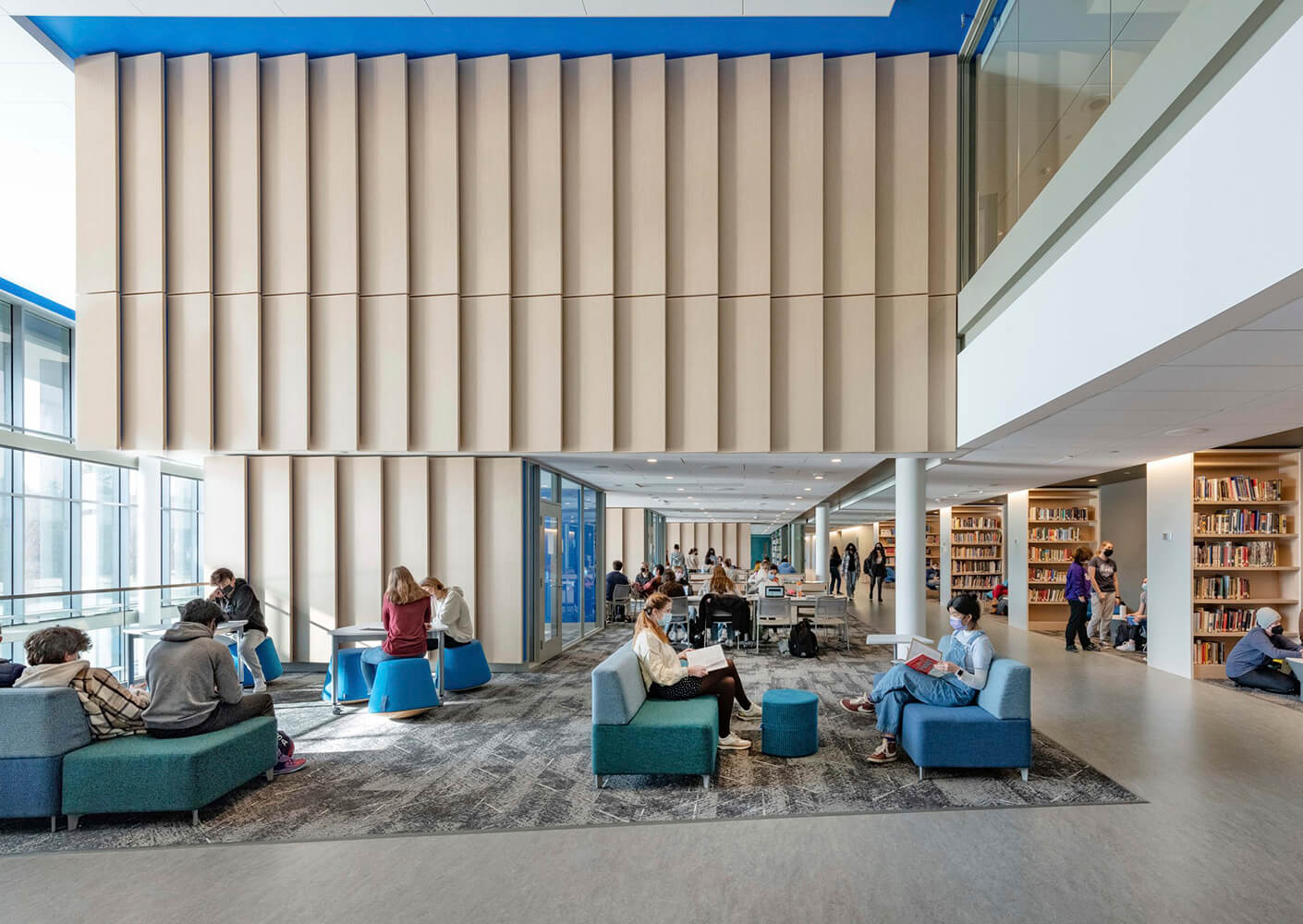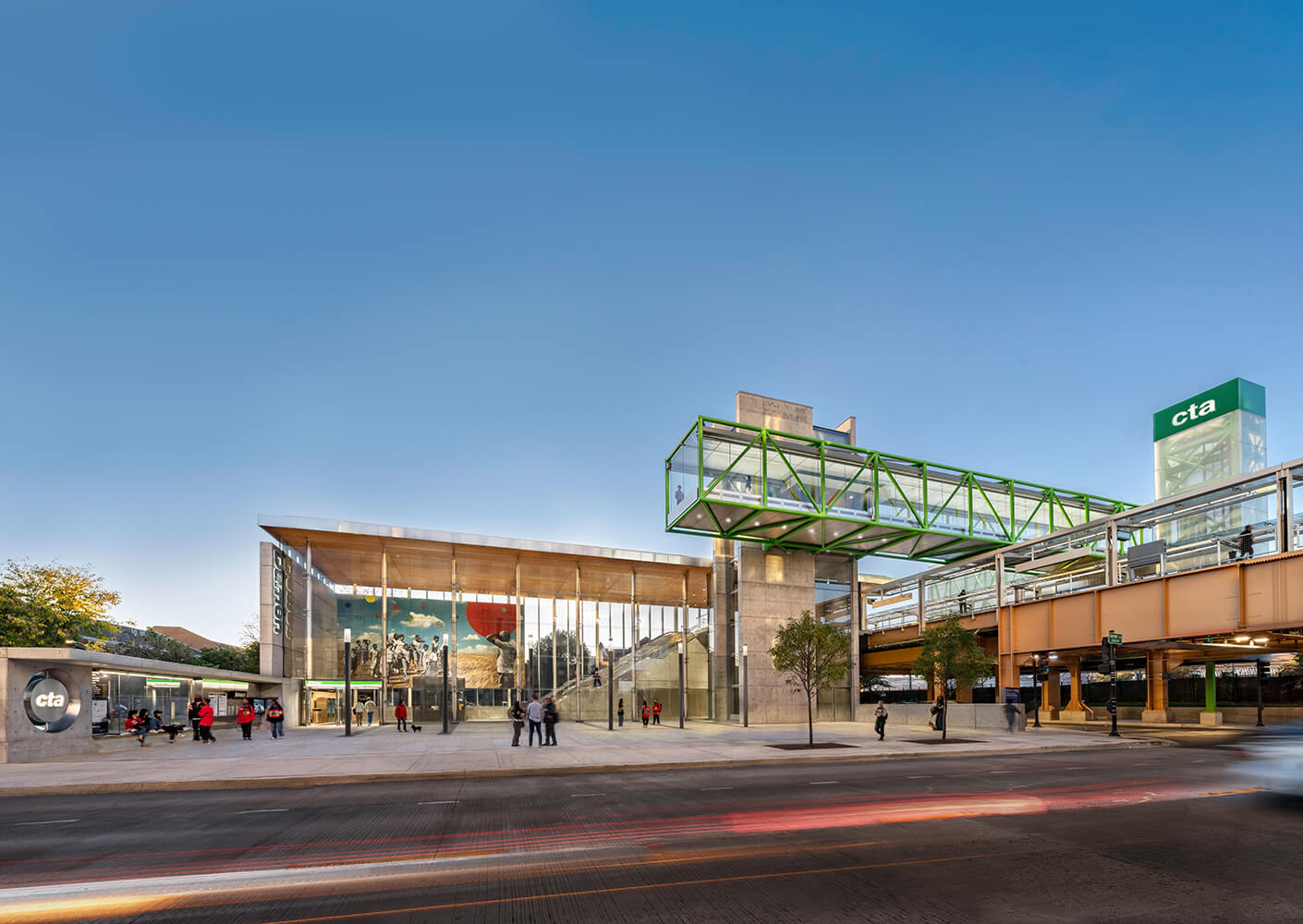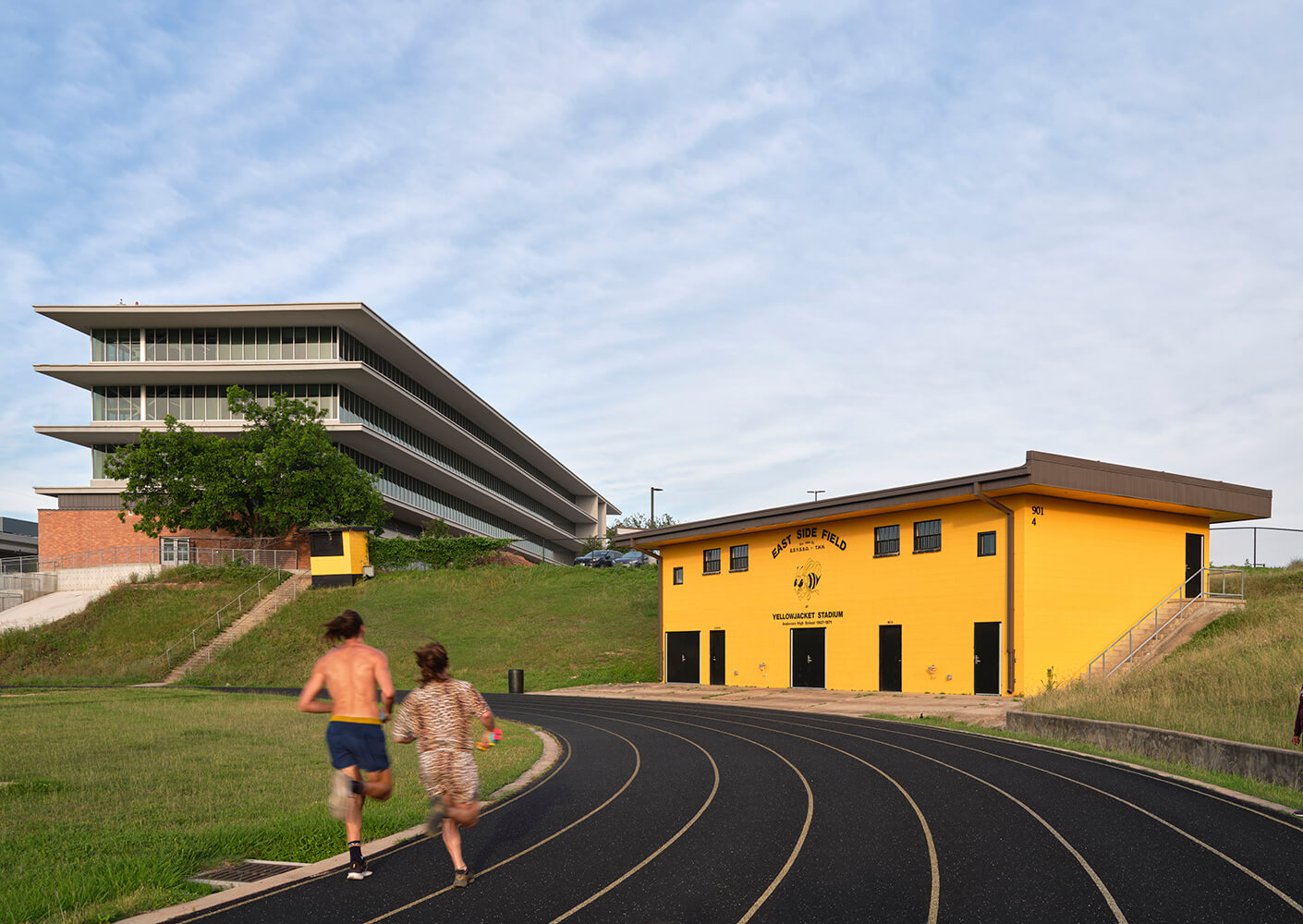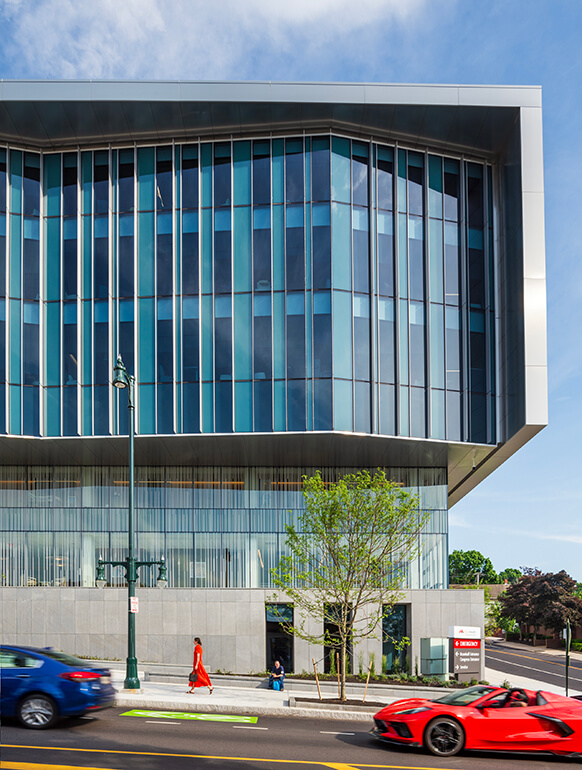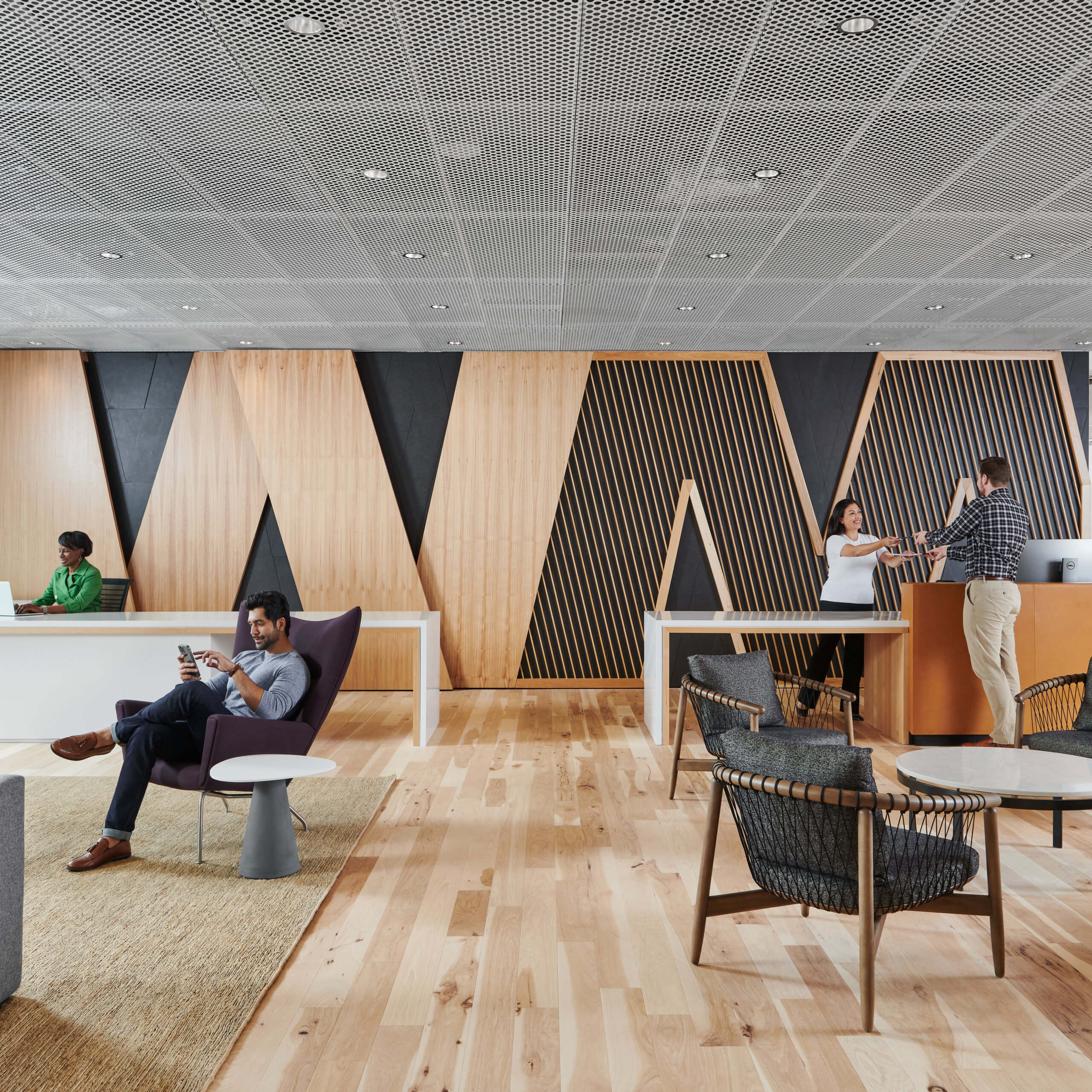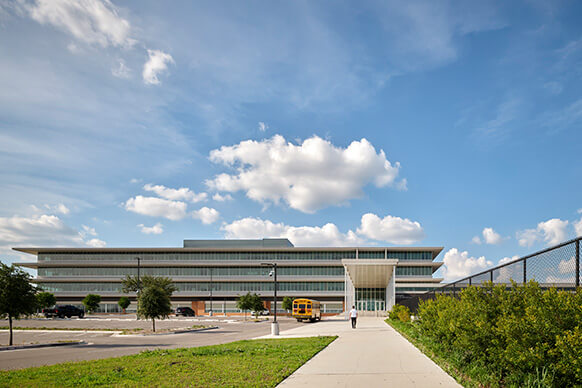Five of our projects have received national acclaim from the American Institute of Architects—among the most esteemed distinctions in the profession. The annual program celebrates architecture that enhances everyday life, reflects community values, and rises to the challenges of our time. This year, our teams were recognized across workplace, healthcare, education, and civic infrastructure. Congratulations to our clients and collaborators on this outstanding achievement.
“We’re honored to receive so many national awards from the AIA,” says Chief Design Officer Casey Jones. “We work hard every day to deliver state-of-the-art buildings that improve lives, are well-crafted, help not hinder the environment, build up communities, and meet the needs of the people they serve in ways that are not just functional but also beautiful and poetic. Each of these awards is a testament to the trust our clients have in the work of our talented teams.”
Here’s a look at the winning projects:

